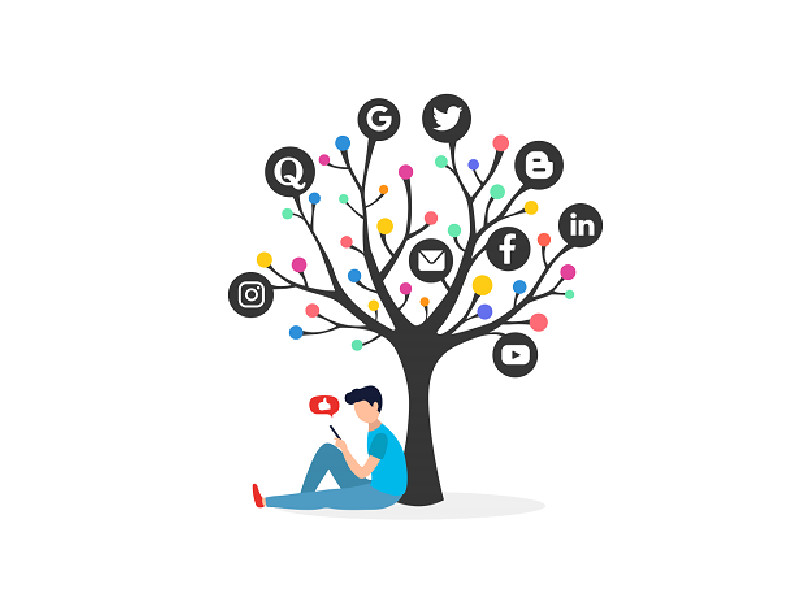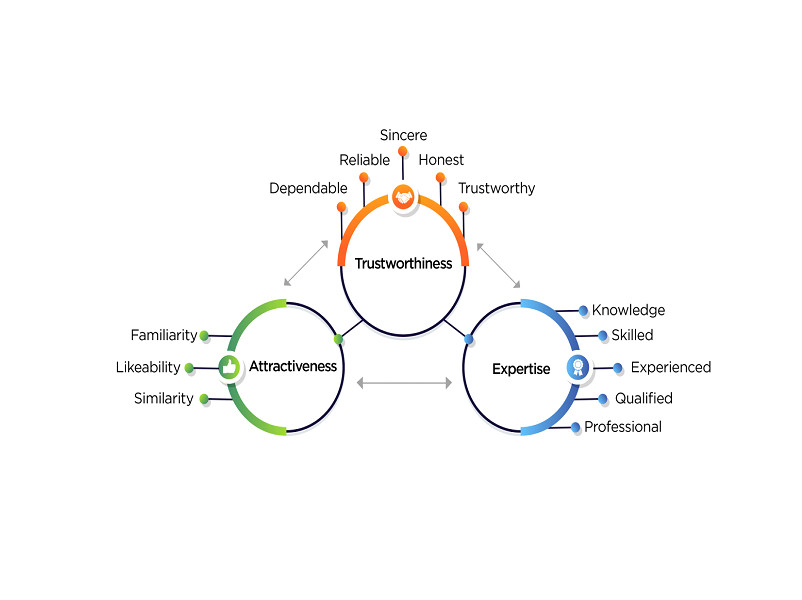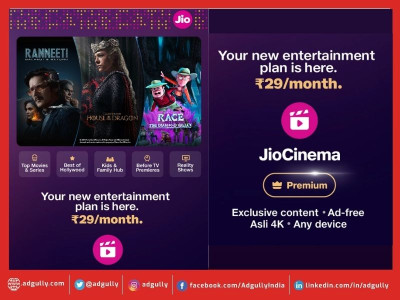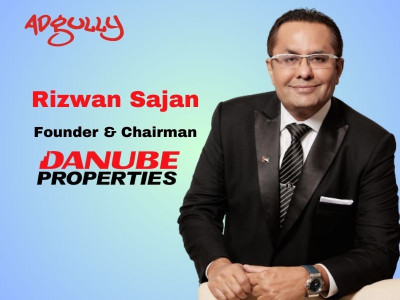The Power of E-WOM on Consumer Intentions
Authored by Manas Gulati, Co-founder and CEO, #ARM Worldwide
As marketers and consumers, we all are well aware of the power of WOM, or word of mouth - a traditional and straightforward tool that has the potential to create waves in our purchase intentions and decisions. While such words of affirmation were generally exchanged in person before, the age of the internet has brought in a not-so-subtle change, that is, E-WOM. Whether we are buying something online or offline, it is in our very nature to look for some kind of post-usage proof or positive feedback, and electronic word of mouth caters to that effortlessly.
For example, if a person were to buy something, he or she would look for information or feedback via google, check Youtube videos for in-depth reviews, read Quora answers, and so on. This is because E-WOM platforms today have branched out like never before (Example - Extole, Wommify, etc.) Each of these public platforms come with a unique purpose or a differentiating factor. Earlier on, people would look at reviews on platforms relevant to their immediate requirement; for instance - for travel-related feedback, people would look at Tripadvisor or Make My Trip; for education, the go-to was PaGaLGuY or MouthShut; for Ecommerce, people looked at Flipkart and Amazon, and so on.
Today, you will also find E-WOM everywhere in the form of e-mails, blogs, review websites, videos, community forums, text messages, etc. This kind of third-party information and conversations have a massive role to play in the overall consumer purchase cycle, wherein, having moved on from awareness and interest, the consumer seeks validation for his or her purchase desire - this is how much they rely on third-party information.
There’s no doubt that Electronic word of mouth has become a very powerful and influential tool in the marketing world. Thanks to rapid digitalisation, its popularity has ballooned many times over, and the pandemic also has a significant role to play in the same. People often confuse the E-WOM phenomenon with casual banter over comments, reviews from critics, or on-the-go recommendations for products, whereas it is none of those things. In its very essence, electronic word of mouth is the consumer-generated information that is communicated post-consumption/purchase of a product or service. It is mainly meant for other consumers and employs a host of digital methods to get the message across. The whole process is a cycle wherein post-experience reviews by consumers help others to convert their desires into the need of the hour for the brand. Electronic word of mouth, therefore, also boosting the sales figures for brands.
How does E-WOM work?
Like anything else, E-WOM has a process that can be broken down into different stages, that is - the creation of information, exhibiting it to the consumers, and finally, how the information is judged by them. The first stage is where the buzz is created, and the information is put online. Consumers buy a product, use it, and post their feedback for other consumers to see. Once this feedback is exposed to the consumer community, it starts having its effect - positive or negative, which makes up for the second stage in this process.
As consumers, when we are exposed to such kind of information, it also depends on how we perceive it. Our perceptions help us decide the authenticity of the product in question and the honesty in the feedback. These days, E-Commerce websites, too, have a critical role to play in consumer purchase decisions. Most websites offer feedback and reviews on the product page itself and also offer real-time notifications of the purchase frequency. Such steps help in boosting our trust by a fair margin.
Finally, in the third stage, the consumers sway in between for or against to arrive at their final decision after proper consumption of the E-WOM from valid sources and platforms. Having evaluated the information at hand, the consumer decides whether the product should be purchased or not.
Whether the reviews are good or bad, brands get to learn a lot from them and work on their products and services accordingly. It is a learning experience for both consumers and brands, and this is the beauty of electronic word of mouth. Today, E-WOM finds its presence in many industries such as - hospitality, travel and tourism, fashion, food, etc.
Why has E-WOM picked up so much hype?
It was already quite a popular method before, and with the pandemic, E-WOM has now blown up into a fully potential influential marketing strategy. Consumer dependency on online platforms has multiplied manifold - especially social media platforms. What catches one’s attention here is the fact that people can interact with each other on these platforms and their identities are visible to everyone, unlike other EWOM platforms that maintain anonymity. Situations like these facilitate dependency, reliability, and trust factors essentially because you are either reading or listening to something that is relatable to you. The personal touch triggers an emotional response and also adds credibility to the information being provided. As a result, consumer behaviour or intention is positively or negatively impacted. We are essentially consuming insights and information that has been put out there for the public to see.
Why is E-WOM considered a trusted source of information?
In the initial days of E-WOM, many consumers painstakingly took the time to write out elaborate posts regarding the products they used. However, with social media platforms, things have become much more manageable and accessible, and E-WOM is considered one of the most trusted sources of information online. What is undeniably brilliant about the whole process is how consumers act as one whole team to help each other out. Via online platforms, they keep exchanging extensive information regarding their experiences with the products and services they have used and invariably contribute to the whole consumer community and overall community experience. This works out perfectly well for all kinds of consumers - whether active or passive. The sharing of opinions comes without any attached biases, and that very authenticity manages to strike the right chords with the consumers.
Another critical aspect of E-WOM is how it is not only noticed by consumers but also by companies and marketers. It is a very raw and unadulterated bird’s eye view of what the public thinks about a company’s products and services which is why they can use this information to track and analyse public response and opinions, make changes, improve all that they have done incorrectly, etc. Even though there are risks and consumers do have the power to turn things around the wrong way pretty quickly, it is also true that brutally honest insights such as these cannot be found elsewhere. The freedom of expressing freely can provide information that people generally tend to overlook - which is precisely why E-WOM is such a necessity.
With the rise of digitalisation and social media, companies and potential marketers must be prepared for the best and the worst situations. Marketing tools and tactics continue to unfold newer elements every single day, which is essentially what the beauty of marketing is. It is a constant loop of brainstorming sessions that help generate these new ideas. Therefore, to be able to influence consumer intentions successfully, marketers must continuously look for ways to leverage their attention, goodwill, and positive feedback. At the end of the day, whether we accept it or not, or see it or not, a company is only as good as its satisfied and happy consumers!
DISCLAIMER: The views expressed are solely of the author and Adgully.com does not necessarily subscribe to it.




















Share
Facebook
YouTube
Tweet
Twitter
LinkedIn